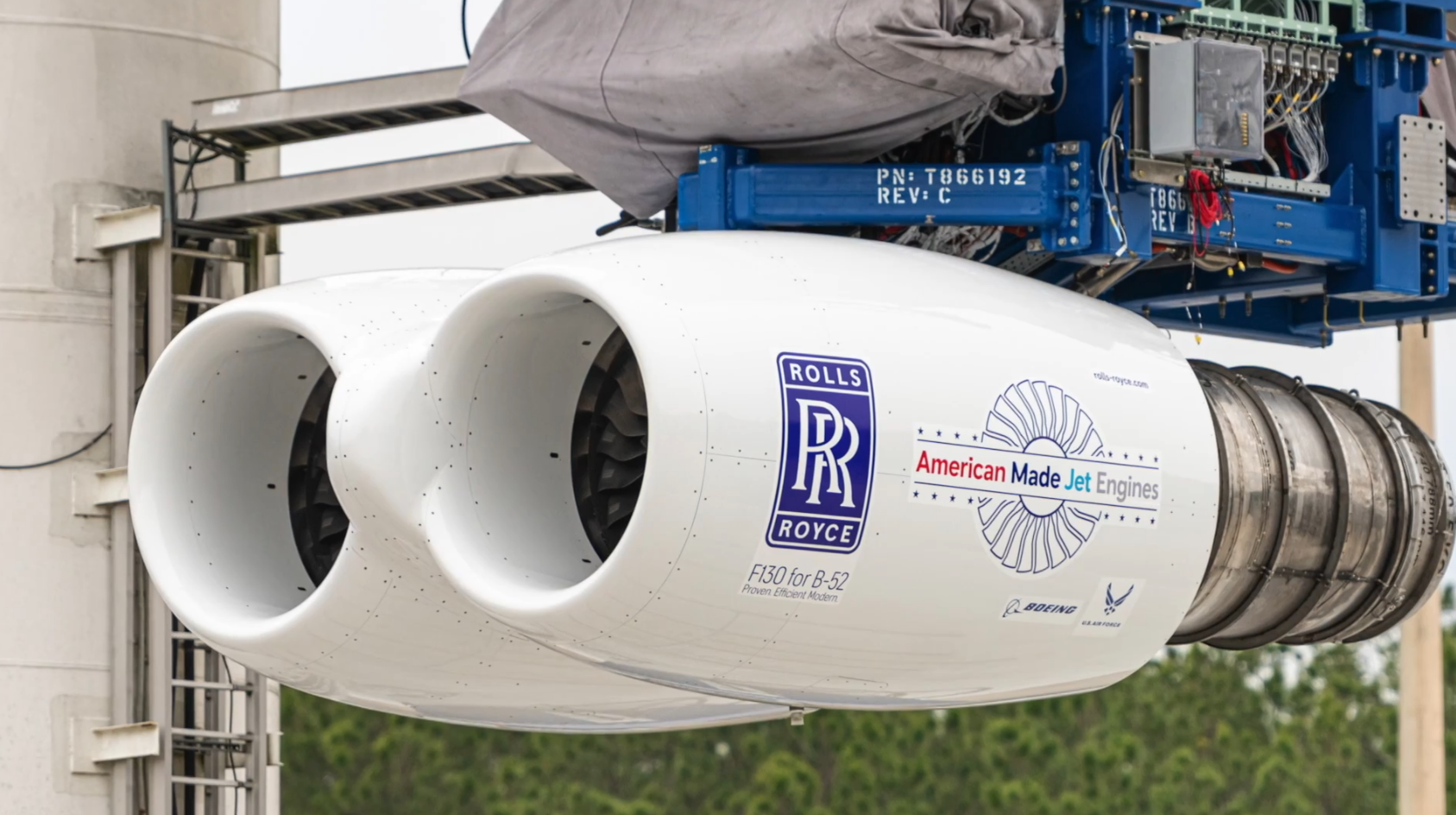Rolls-Royce validates F130 engine design for B-52J and moves toward production
Rolls-Royce has successfully completed the Critical Design Review (CDR) of the F130 engine, paving the way for final development, testing, and production efforts, marking a key step toward the delivery of the modernized B-52J to the U.S. Air Force.
We are excited to have held a successful Critical Design Review for the F130 engine, another step towards delivering for the United States Air Force B-52J.
Next up: Altitude testing at @AEDCnews ✈️ pic.twitter.com/27bBrsroeC
— Rolls-Royce America (@RollsRoyceNA) December 13, 2024
This achievement is the result of two years of collaborative work between Rolls-Royce, the U.S. Air Force, and Boeing. The engine’s altitude testing is scheduled to begin in February 2025 in Tennessee.
Candice Bineyard, Director of Early Life Cycle Programs and Naval Defense Programs, stated:
«We’re extremely proud to have delivered the F130 CDR milestone on-time for the B-52J, and grateful for our continued partnership with the U.S. Air Force and Boeing. Throughout the detailed design phase, our teams have executed a rigorous process in close collaboration with our partners. We’re excited to start the production work to deliver this incredible and highly reliable engine for the B-52J.”

Rolls-Royce also recently completed the initial phases of sea-level testing for the F130 at its Indianapolis facilities. These tests gathered critical performance data by running the engine’s initial software version in Test Cell 114, which was recently upgraded as part of a $1 billion investment to modernize Rolls-Royce’s Indianapolis facilities. The facilities now support advanced manufacturing for the U.S. Air Force and other clients. The F130 engines will be manufactured, assembled, and tested at this site, which is Rolls-Royce’s largest production facility in the U.S.
Additionally, Rolls-Royce has completed the Rapid Twin-Pod Tests, a configuration unique to the B-52 aircraft, at the NASA Stennis Space Center this summer. These tests played a key role in validating the analytical predictions made by Rolls-Royce, helping to mitigate risks in the integration of the F130 engine into the B-52J and ensuring that test objectives were met.
The F130 engines will extend the B-52 aircraft’s lifespan by 30 years. These engines are so durable that they are expected to remain in service for the rest of the aircraft’s operational life. The F130 is based on the Rolls-Royce BR family of commercial engines, which have accumulated over 30 million operating hours with a high reliability rate. It is a proven and reliable engine that has been in production for 12 years, with more than 1,000 engines currently in operation.

/https://aviacionlinecdn.eleco.com.ar/media/2021/09/Rolls-Royce-F130-B-52-e1642009637563.webp)
Para comentar, debés estar registradoPor favor, iniciá sesión